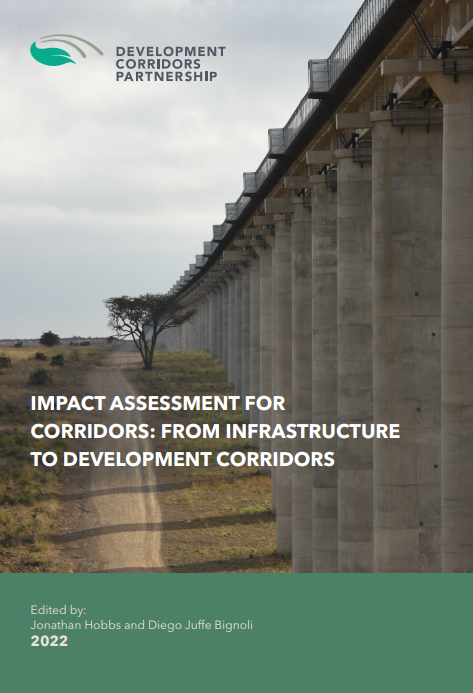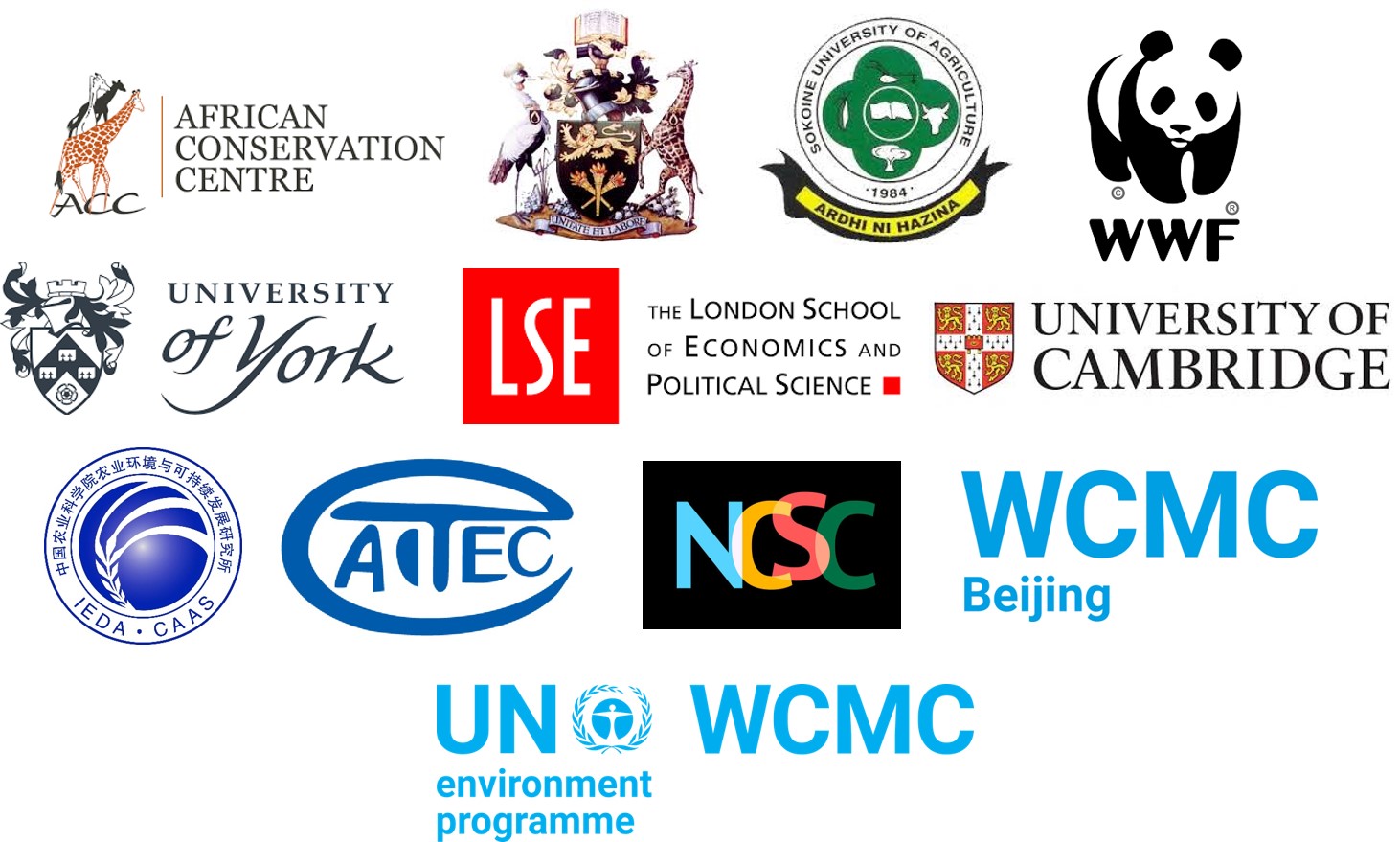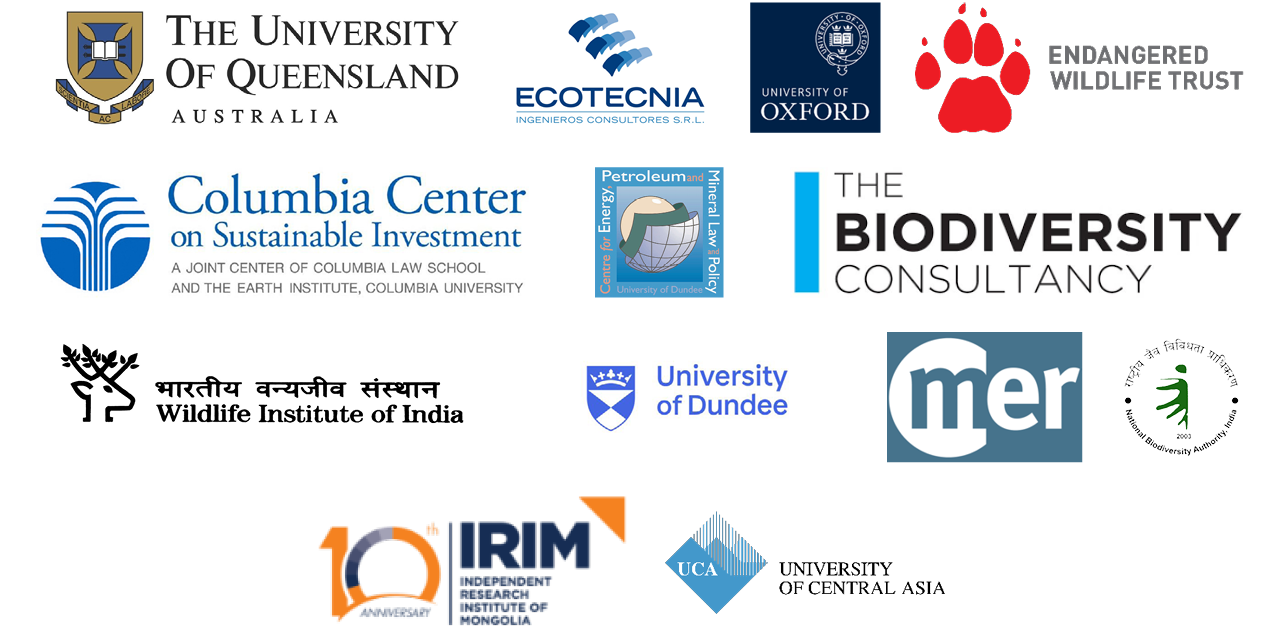Impact Assessment for Corridors: From Infrastructure to Development Corridors

Executive Summary
Driven by increasing globalisation, the development aspirations of nations, and the need to access resources, an infrastructure boom is impacting many regions of our planet. New infrastructure projects are traversing diverse landscapes over hundreds of kilometres, often crossing international borders and penetrating into remote areas previously unaffected by industrialisation and urbanisation. These large-scale projects, mostly spanning several regions in a same country, but often linear and transnational in nature, are generically called corridors. Depending on the nature and objectives, they can be transport, infrastructure, growth, resource or economic corridors.
The rapid development of corridors globally presents environmental planning professionals with numerous challenges. The primary need is to ensure that decisions about these developments are informed by an evidence-based understanding of their consequences – both positive and negative. This will enable infrastructure development to meet development needs without adversely impacting ecological systems or human welfare. Improving the quality of infrastructure policies, plans, programmes and projects, by ensuring they include the necessary environmental and social scrutiny, is urgently required now – and will be for the foreseeable future. This challenge is the unifying theme of this publication.
Using insights from Africa, Asia and South America, this sourcebook compiles 22 contributed papers, covering many facets of the opportunities and challenges presented by the rapidly growing number of infrastructure and corridor developments around the world. Prevailing planning practices are reviewed through case studies along with the efficacy of some of the available tools to conduct systematic and comprehensive impact assessments. The latter includes Strategic Environmental Impact Assessment (SEA) and Environmental Impact Assessment (EIA).
As the title suggests the underlying thesis of this publication is that, where they are justified, there are significant benefits in ensuring that corridors that contain single purpose infrastructure developments (utility, infrastructure or transport) progress through a carefully planned sequential process of diversification and expansion to ensure the maximisation of benefits in fullblown ‘development corridors’. In this book, development corridors are therefore aspirational. They comprise areas identified as priorities for investment to catalyse economic growth and development. They should be developed with multiple stakeholders and social, economic and environmental interests and interdependencies in mind. With the integration of sustainability principles and appropriate environmental and social standards, development corridors could become true ‘(sustainable) development corridors’. They should be planned to maximise positive opportunities and minimise negative risks. Without this, today’s short-term successes will become tomorrow’s challenges and long-term human welfare and ecosystem integrity will be undermined.
Download full report.
Impact Assessment for Corridors: From Infrastructure to Development Corridors.
Download Chapters
- ‘Context and Definitions’ by Jonathan Hobbs and Diego Juffe-Bignoli.
- ‘Achieving the Sustainable Development Goals through Integrated Approaches to Development Corridors Planning’ by Kate Elizabeth Gannon.
- ‘Tackling the EIA Impact Gap: Addressing Political Economy Realities to Bring Actual Practice Closer to Best Practice’, Leila Kazemi, Perrine Toledano, and Tehtena Mebratu-Tsegaye.
- ‘The Role of Lender Safeguards in Addressing Biodiversity Risks Associated with Large-scale Infrastructure Projects’, Jan-Willem van Bochove, Malcolm Starkey, Nikki Phair, and Leon Bennun.
- ‘Environmental Sensitivity Mapping for Corridor Planning’, Sylvaine Rols, Leo Murphy, Ragnvald Larsen, and Sharon Brooks.
- ‘Putting Social Issues on the Infrastructure Agenda: Getting to a Rights-based Approach to Corridor Development’, Margaret G. Wachenfeld.
- ‘Accounting for Sustainable Development Co-benefits: Insights from Local Experiences with Climate Resilience Interventions’, Swenja Surminski, Viktor Roezer, and Sophie Dicker.
- ‘The Mtwara Development Corridor in Tanzania: Strategic Environmental Assessment of a Planned Corridor’, Diego Juffe Bignoli, Christine Tam, Richard Katondo, Langen Mathew, Happiness Minja, Pantaleo K.T. Munishi, and Neil D. Burgess.
- ‘Managing the Environmental and Social Impacts of Agricultural Transformation: Southern Agricultural Growth Corridor of Tanzania’, Christine Tam, John Nakei, Abubakary Kijoji, Happiness Minja, Japhet J. Kashaigili, and P.K.T. Munishi.
- ‘The Importance of Building Climate Resilience into Environmental Assessment Processes: The Case for the Southern Agricultural Growth Corridor of Tanzania’, Yinlong Xu, Xue Han, Yong He, Kuo Li, and Xinyue Zhang.
- ‘Public Participation in the Environmental Impact Assessment Process for Development Corridors in Kenya’, Tobias Ochieng Nyumba, and Lucy Waruingi.
- ‘Exploring the Potential of Scenario Planning for more Effective Environmental Assessments: Standard Gauge Railway Development Corridor, Kenya’, Jessica P.R. Thorn, Robert A. Marchant, Jonathan Hobbs.
- ‘Community Engagement in Corridor Planning and Implementation in Kenya’, Gediminas Lesutis.
- ‘Guidelines on Mitigating the Negative Impacts on Biodiversity of Road, Rail and Power Corridors: South African Experiences’, Wendy Collinson, Harriet Davies-Mostert, Ian Little, and Claire Patterson-Abrolat.
- ‘Lessons Learned from the Maputo Development Corridor: An Environmental and Social Perspective’, Jaqui Pinto.
- ‘Environmental Safeguards for the Belt and Road Initiative: Current Status and Future Projects’, Divya Narain and Martine Maron.
- ‘Sensitive Planning and Design of Transportation Corridors: Vital Elements for Protecting India’s Wildlife’, Asha Rajvanshi and Vinod B. Mathur.
- ‘The Mekong River Corridor: A Critical Test for EIA/SEA Effectiveness’, Jonathan Hobbs and Roel Slootweg.
- ‘The Belt and Road Initiative in Mongolia: Infrastructure Development and Impact Assessment’, Ariell Ahearn, Tegshbayar Darambazar, Byambabaatar Ichinkhorloo, Jon Hobbs, and Baigalmaa Purevsuren.
- ‘Carajas Corridor in Brazil: Could a SEA have Reconciled Shared-use Infrastructure & Environmental Protection’, Perrine Toledano and Martin Dietrich Brauch.
- ‘Lessons Learned from SEAs of Road Infrastructure Developments in Bolivia: Santa Cruz-Puerto Suarez Corridor’, Dunia Lujan.
- ‘Strategic Environmental Assessment for a Sustainable Mining Corridor: Addressing the Social and Environmental Risks of Tailings Dam Disasters after Mariana and Brumadinho’, Maria-Augusta Paim.
- ‘Lessons Learned from a corridor focused research and and capacity-building programme’, Molly R.C. Brown, Lisen Runsten, Diego Juffe Bignoli, Amayaa Wijesinghe, Tanya Payne, Han Meng, Rob Marchant, Jessica P.R. Thorn, Daniel O. Olago, Catherine C. Sang, Pataleo K.T. Munishi, Japhet J. Kashaigili, Lucy Waruingi, Christine Tam, Jonathan Hobbs, and Neil D. Burgess.
DCP Partners

Expert Organisations

Funders


